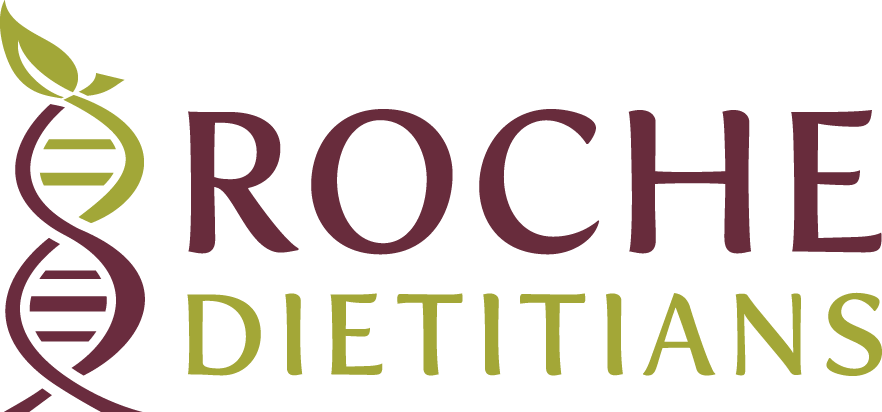IDDSI Q&A: Why change textures that are working well?
Roche Dietitians is doing a series of Q&A about IDDSI from our clients, partners, and IDDSI Community Group on LinkedIn. We welcome your questions about IDDSI. To submit a question, type your question in the comment section below. To view the other Q&As, visit our blog.
Question:
“Why should we make changes to textures that are currently working well for our clientele?
I am in a long-term care environment and residents regularly resist a ground texture that still has some texture. IDDSI Minced & Moist (Level 5) is barely above a puree texture — it is essentially a granular puree. How do we transition residents that are managing their current pea-sized ground texture to a ground texture so small it is barely a step up from Pureed (Level 4)?
Also, how are current machines achieving a consistent IDDSI ground/minced texture? It is so small it does not fit through grinder holes well. Cooks are already very busy making two choices into three textures.”
Answer:
This is the question of someone who is on the front lines of IDDSI. I have heard this point brought up several times before, and here is how I am looking at it:
1. IDDSI is about safety. They have done the research and gathered consensus, so I have decided that since it has also been adopted by the Academy of Nutrition and Dietetics as well as the American Speech-Language-Hearing Association, I am going to embrace it. (I have to admit, I was reluctant at first, but the more I study IDDSI, the more I support it.)
2. I, too, was stuck when it comes to my texture modified diet. So many folks were tolerating it well. However, IDDSI points out, if someone really needs meat ground for their chewing or swallowing problems, they are at risk for choking if we give them foods that are not minced and moist.
3. I think many of older adults without dysphagia on texture modified diets could go on IDDSI Regular Easy to Chew (Level 7) with ground meat. As I started reviewing my menus and recipes for Regular Easy to Chew (Level 7), I learned most meats cannot be prepared to pass the fork pressure test without grinding. Basically, Regular Easy to Chew (Level 7) is very close to what we are doing now with our texture modified diets. The caveat is we need to make sure those on Regular Easy to Chew (Level 7) are not a choking risk and need this level because of chewing not dysphagia.
4. As an interesting side point, I have heard anecdotal reports that some practitioners are moving many patients from purees to Minced & Moist (Level 5), as they are observing many formerly on purees tolerating Minced & Moist (Level 5). I have been thinking about that. He might be right.
5. I am finding that Minced & Moist (Level 5) is more like mashed with small particles. So the grinding does not have to be exact, just small per the IDDSI size guidelines.
6. I like the IDDSI testing, especially for purees. It can help promote a culture of safety with foodservice workers and empower them to make foods at the correct consistency. I recently created a training program that shows your team how make foods for each IDDSI level and test them correctly. Check out the link below to learn more about the training program:
